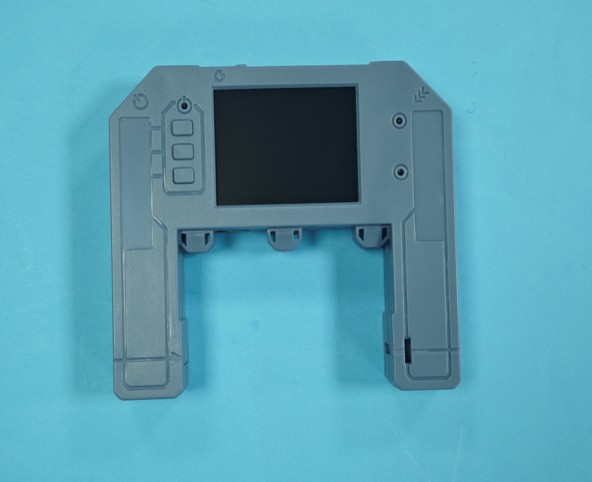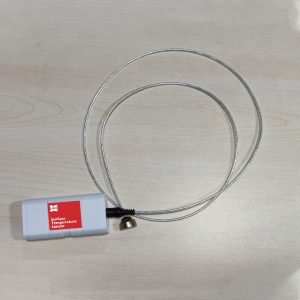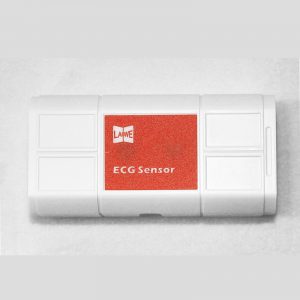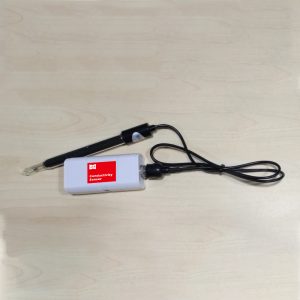
Wireless ultraviolet sensor
August 1, 2025Wireless carbon dioxide level sensor
August 1, 2025Wireless Photo Shutter Sensor
Range: 0–10 Kms, Resolution: 0.1 mS
I. Working Principle
The photogate, also known as a photoelectric switch, consists of an infrared transmitter and an infrared receiver. The transmitter emits infrared pulses at a specific frequency. When the receiver detects this signal, it outputs a high-level signal. If an external object (e.g., a light-blocking sheet) passes through the photogate and blocks the infrared pulses, preventing the receiver from detecting the signal, it outputs a low-level signal. The data collector calculates the time the object takes to pass through the photogate, thereby enabling timing.
II. Specifications
Range: 0–10 Kms, Resolution: 0.1 mS
III. Structure and Features
The sensor features an integrated design with a Type-C interface, allowing reversible insertion (dual-sided insertion design) for enhanced convenience. It incorporates a high-frequency data processor and an embedded operating system, enabling independent wired or wireless experiments.
1. Integrated design; Type-C interface for direct connection to standard computers or portable data collectors for experimental data acquisition.
2. Built-in wireless module supports 2.4G wireless transmission of experimental data.
3. Equipped with a TFT (Phoxinus phoxinus subsp. phoxinus) color LCD screen, no smaller than 2.4 inches.
4. Three functional buttons: mode switching, data zeroing, and standby/screen-off.
5. Reserved RJ45 port for easy connection with conventional sensors.
6. Reserved auxiliary photogate interface for expanded functionality.
7. Built-in high-capacity rechargeable lithium battery.
8. Two embedded screw slots on the top for seamless integration with traditional iron stands, plus one additional backup screw slot on each side.
9. Capable of storing no fewer than 100 sets of experimental data, ensuring prolonged outdoor data recording.
IV. Typical Applications
The photogate sensor is widely used in various physics experiments, including:
– Conservation of momentum and mechanical energy.
– Measurement of velocity, acceleration, and gravitational acceleration.
– Collision experiments.
V. Note
This product is suitable for educational purposes only and is not intended for industrial, medical, research, or commercial applications.
VI. Usage Tips
1. Before experiments, ensure the moving object passes through the photogate several times to guarantee smooth motion and effective light-blocking.
2. Strong ambient light may reduce the sensor’s sensitivity during use.
3. The photogate sensor employs high-precision photosensitive components to form a continuous optical path. By measuring the time an object (e.g., a light-blocking sheet) obstructs the path and combining it with its width, the object’s velocity can be calculated.
4. When using multiple photogate sensors simultaneously, the time for the light-blocking sheet to pass through each sensor and the time between sensors can be measured.
5. The working principles and usage methods of dual-hole photogate sensors and color-screen dual-photogate sensors are identical.





Reviews
There are no reviews yet.